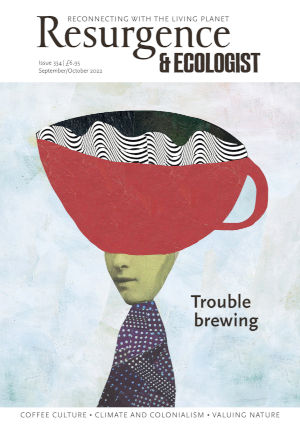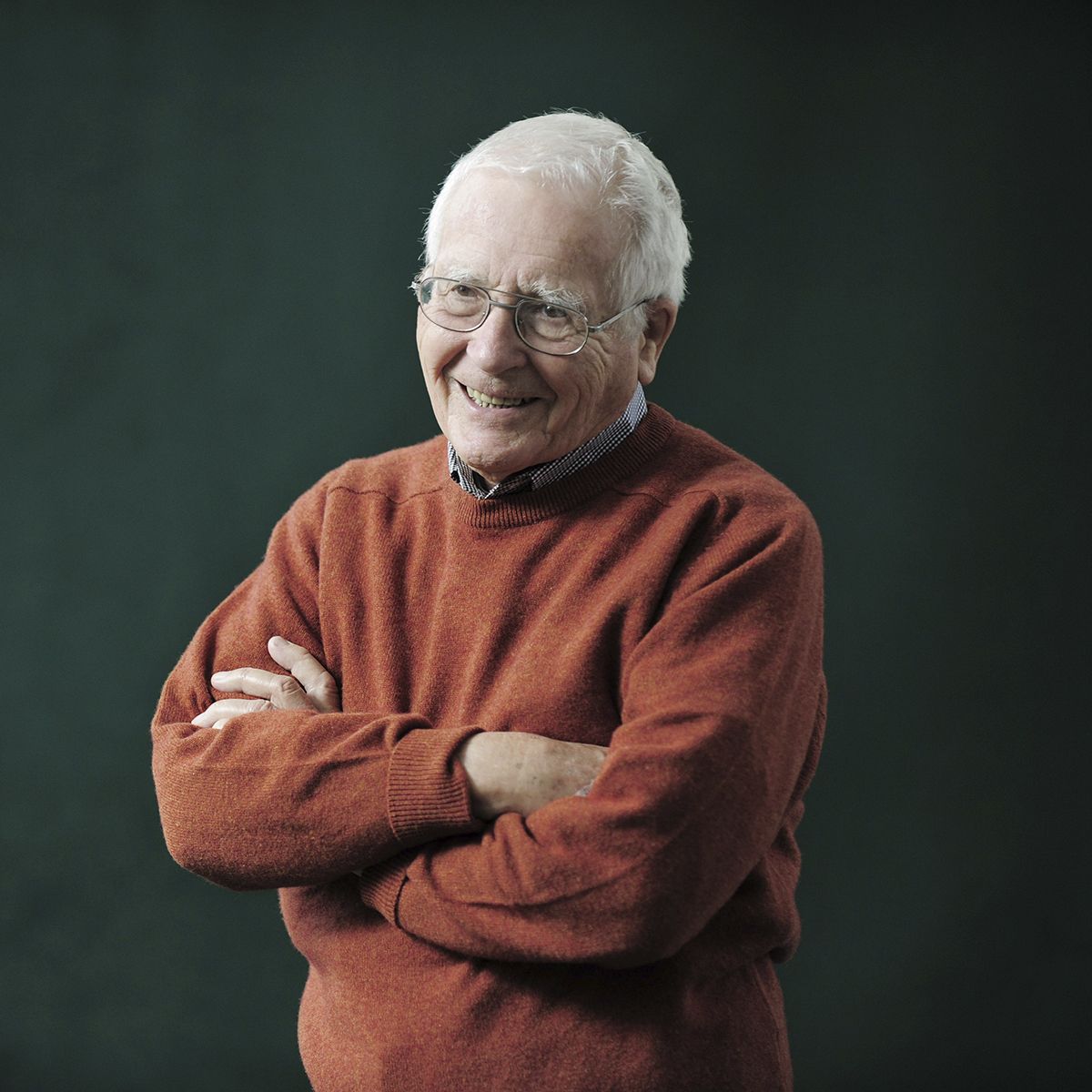The news that James Lovelock has died has reverberated around the media. This is no surprise since the importance of his life’s work has been compared to that of Charles Darwin’s or Galileo’s. He was an inventor of a number of important scientific instruments, well summarised in his Wikipedia entry. But his most widely acknowledged contribution, of course, was revealed in his book Gaia, A new look at life on earth, published in 1979: He boldly stated that life on earth is a ‘superorganism’ that creates the very conditions for its own well-being.
The Gaian view is that cooperation between living organisms and their environment is the organising principle that created favourable conditions for life on earth to thrive. Whilst Darwinian competition is acknowledged in the Gaia hypothesis, it is not the dominant principle.
How did Lovelock’s inventive journey start? In 1961, he was engaged by NASA to work with its Viking space program to try and develop instruments that could determine whether other planets in our solar system, such as Mars, could support life. He concentrated on analysing the composition of the gases in its atmosphere, and he soon found that they were in a chemically stable equilibrium, with an abundance of carbon dioxide, but with very little oxygen or methane. He soon concluded that this hinted at an absence of life on Mars.
He then started looking at our home planet. By contrast, the mixture of the gases in the Earth's atmosphere, with a substantial proportion of oxygen, was strongly indicative of the presence of life. Lovelock then came up with a bold hypothesis: Life on earth itself, in all its vast diversity, may have created appropriate conditions for its own well-being.
Did this hint at the possibility that some so far undiscovered ‘lifeforce’ might be in action here? Lovelock hit a raw nerve: any suggestion of a lifeforce at work in nature is categorically denied in modern science.
Like with all unorthodox, scientific propositions, there was no shortage of critics. Darwinists such as Richard Dawkins, author of The Selfish Gene, swiped at Lovelock, writing that ‘the Gaia hypothesis is at base teleological, as it sets out with the premise that the biosphere and life contained within it, works collaboratively to maintain optimal conditions for itself.’ Surely this was scientific heresy. What force could possibly be at work to achieve such outcomes?
But Lovelock was not deflated by this sort of criticism. Instead, he wrote a further book, The Ages of Gaia, 1988, in which he subtly refined his definition of Gaia, toning down the suggestion that life alone regulates the earth system for itself: instead he broadened his thesis, coupling together atmosphere, biosphere and geosphere, proposing that they jointly comprise the dynamic, self-regulatory earth system. This modified Gaia theory was formally agreed at a conference attended by a thousand scientists, resulting in the Amsterdam Declaration, 2001, which states: ‘The Earth System behaves as a single, self-regulating system comprised of physical, chemical, biological and human components’. This statement has become the basis of the dynamic, new discipline of ‘Earth Systems Science’.
Stephan Harding, Lovelock’s scientific collaborator at Schumacher College, summarises: ‘He was the first to realise that our planet is a gigantic self-regulating complex system that has maintained its surface conditions within the narrow limits favourable for life over vast spans of time because of a multitude of feedbacks between living organisms, rocks, atmosphere and waters.’
Lovelock thought of himself as an intuitive scientist, thinking beyond the narrow confines of cause and effect, and with his remarkable inventiveness he achieved many extraordinary breakthroughs. He was also deeply concerned that humanity, whilst being part of the Gaian system, was, nevertheless, a profoundly destabilising force vis-à-vis life on earth. He was particularly concerned about our reckless, and still accelerating, use of fossil fuels. He pointed to the ever-rising CO2 concentrations in the earth’s atmosphere, which increased from 290 to 420 ppm during his lifetime.
So, in addition to being an inventor and scientist, he also became a campaigner on climate change. Some of his views did not please ‘mainstream’ environmentalists, particularly when he proposed that a rapid switch to nuclear reactor technology was essential for decarbonising the world’s energy system. The fact that Lovelock was no technophobe became even more evident in his last book, Novacene: The coming age of hyperintelligence, 2019. He describes this as the epoch following on from the Anthropocene, defined by the emergence of super-advanced robots, or cyborgs. He suggests that these largely autonomous, ‘benevolent’ cyborgs would want to protect Gaia in their own self-interest because they would ultimately depend on its wellbeing for their own existence. This optimistic proposition, of an emerging ‘IT Gaia’, has left many people baffled or intrigued.
So, will Gaia be alive and kicking in the aftermath of the Anthropocene, with its pervasive eco-toxic legacy? So far, human action shows little concern about assuring the Earth’s ecological stability, despite all the sobering evidence we have gleaned via satellites and other sophisticated probes.
Lovelock’s work has triggered vigorous responses from lovers of life on earth, some of which may be rather surprising. When looking for images of Gaia on the internet – drawings, collages, paintings and sculptures by many different artists – she appears primarily as a rather romantic, new-age ‘earth goddess’ rather than as a high-tech ‘IT Gaia’. As our relationship with nature is becoming ever more precarious, we seem to have a profound yearning to see nature whole and happy, even if we are doing little to assure this. Somewhere in these images may be the yearning that Lovelock himself felt when he chose the world ‘Gaia’, derived from Greek mythology, to describe his bold, new scientific theory.
Lovelock appealed to science as well as sentiment. And while he may have frowned upon some of the eco-cultish visual images that emerged around Gaia, he may also have found some of them amusing or uplifting. The James I knew in the 1980s [HG1] was a man with a great sense of humour and a big, throbbing heart, as well as a truly remarkable, inventive mind. He may have passed on now, but the influence of his profound intuitions will be felt for a long time to come.








